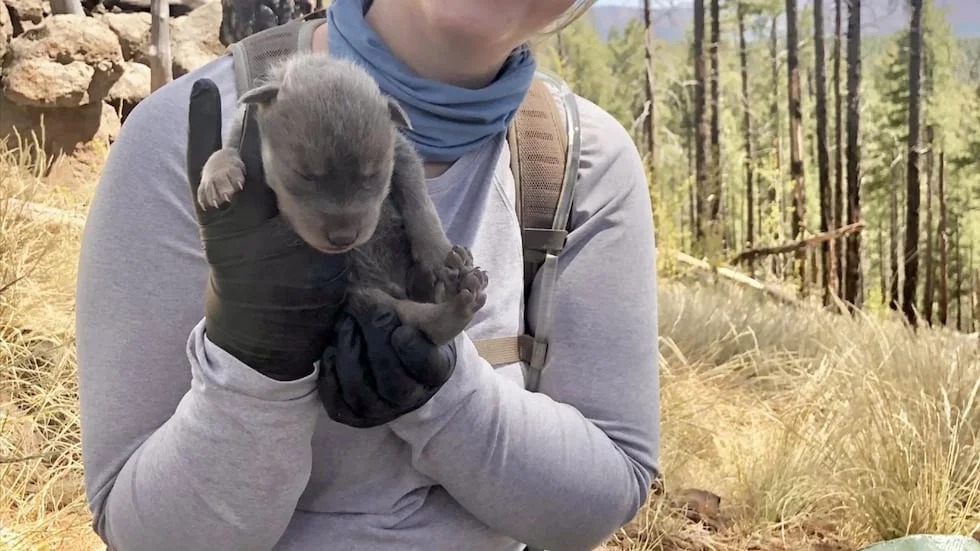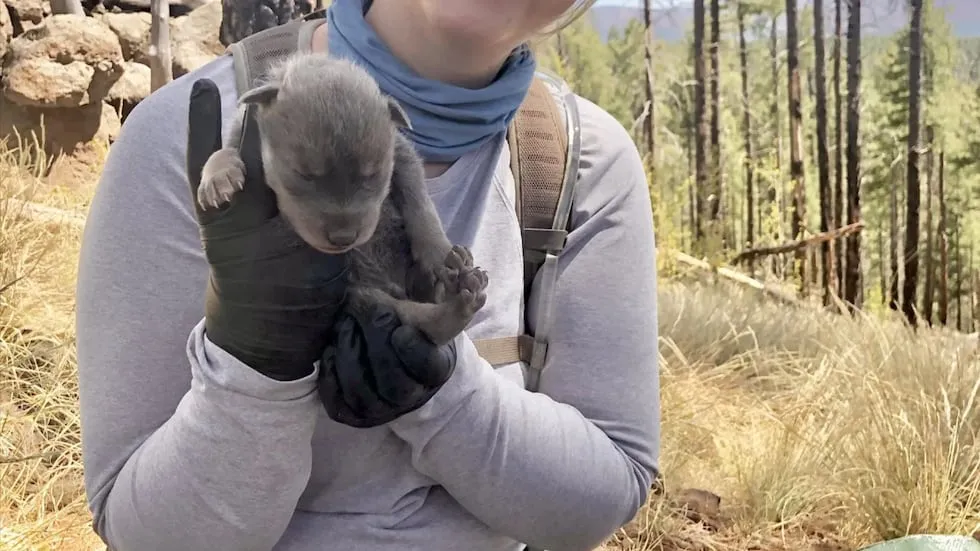
Saving Arizona’s Wildlife: The Fight to Protect Endangered Species
PHOENIX (AZFamily) – From the verdant forests of Humphreys Peak to the sun-baked deserts of Phoenix and Tucson, Arizona is home to a rich diversity of wildlife. However, all is not well in this vibrant ecosystem—according to the Phoenix Zoo, there are currently 71 endangered and threatened species in the state. The primary culprit? Habitat loss, exacerbated by climate change and invasive species.
Tara Harris, the director of conservation and science at the Phoenix Zoo, underscores how severe droughts and non-native diseases push native species out of their habitats. This pressing issue begs the question: how can we advocate for these endangered animals? In this blog, we’ll explore the compelling conservation efforts for two iconic Arizona residents: the black-footed ferret and the Mexican gray wolf.

First up is the adorable black-footed ferret. Once thought to be extinct, this small mammal was rediscovered in Wyoming in the 1980s. At the Arthur L. and Elaine V. Johnson Conservation Center, the Zoo has been breeding these ferrets since the early ‘90s, reaching a significant milestone of over 600 kits born. Harris notes, "Seven of those ended up passing on their genes in the breeding program, making all black-footed ferrets alive today descend from just those seven individuals." By fostering a conducive breeding environment, the Phoenix Zoo has become one of only six facilities globally dedicated to their rehabilitation.
Meanwhile, in the deserts of Scottsdale, the Mexican gray wolf faces its own battles. With an alarmingly small population of only 286 individuals left in the wild, these wolves are a focal point for the Southwest Wildlife Conservation Center. Lead education specialist Robyn Moul explains, "The whole population really stems from a pool of seven wolves, creating a very small gene pool." This year marked a significant breakthrough when a wolf named Melly gave birth to puppies that were quickly placed into a wild pack—an encouraging step for the species.
These success stories don't just happen in isolation. By visiting and supporting the Phoenix Zoo and SWCC, individuals play a crucial role in funding vital conservation programs. Harris encourages everyone to learn about endangered species and create habitats for native species. “Choose your favorite animal and find the closest sanctuary to volunteer,” suggests Moul, highlighting that passion often comes before formal education.
As we reflect on the tales of the black-footed ferret and the Mexican gray wolf, it is clear that urgent action is necessary. What is your favorite endangered animal? How do you think we can create a more conducive environment for all species in Arizona? Share your thoughts and let’s work towards a future where wildlife thrives.